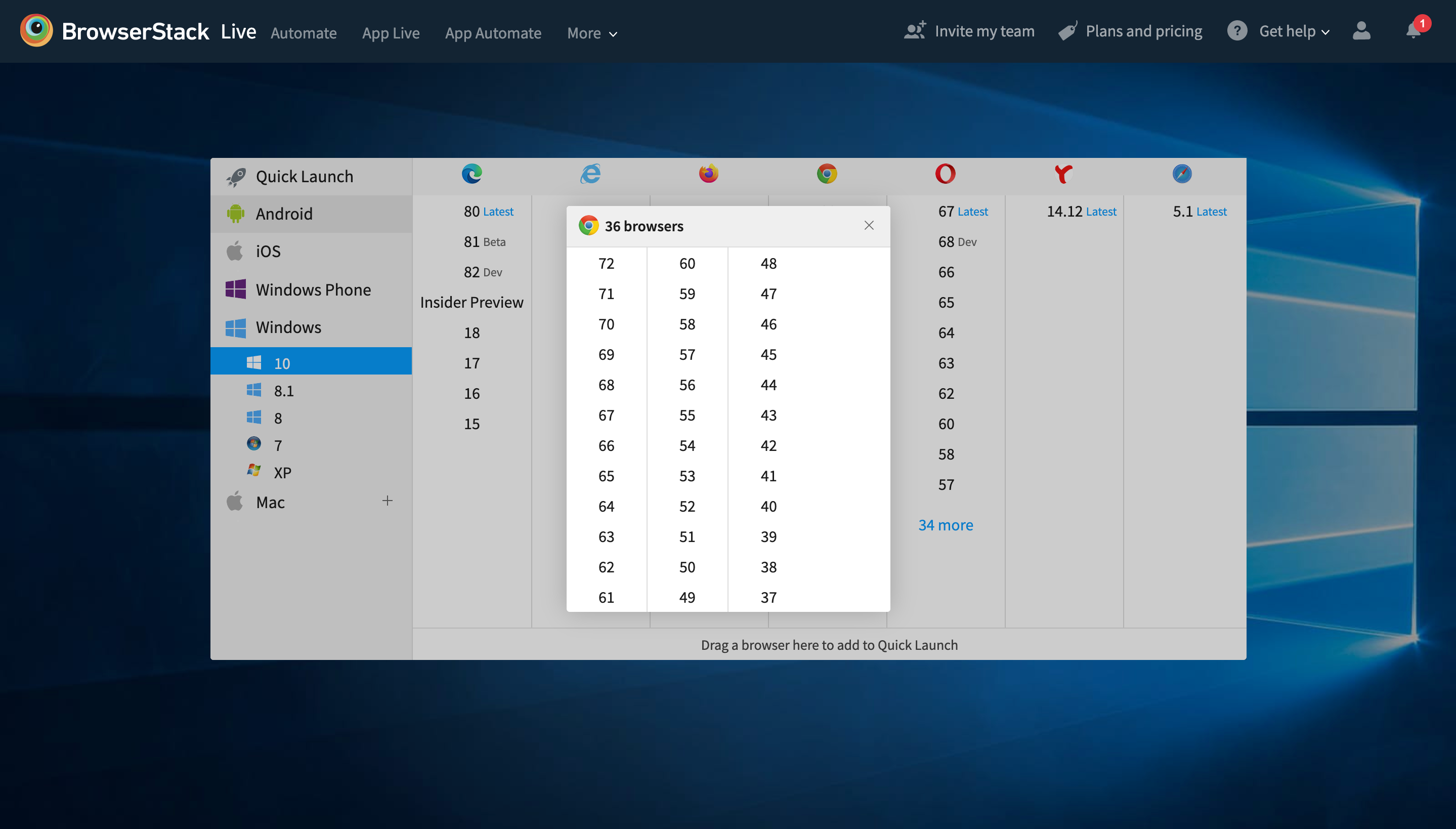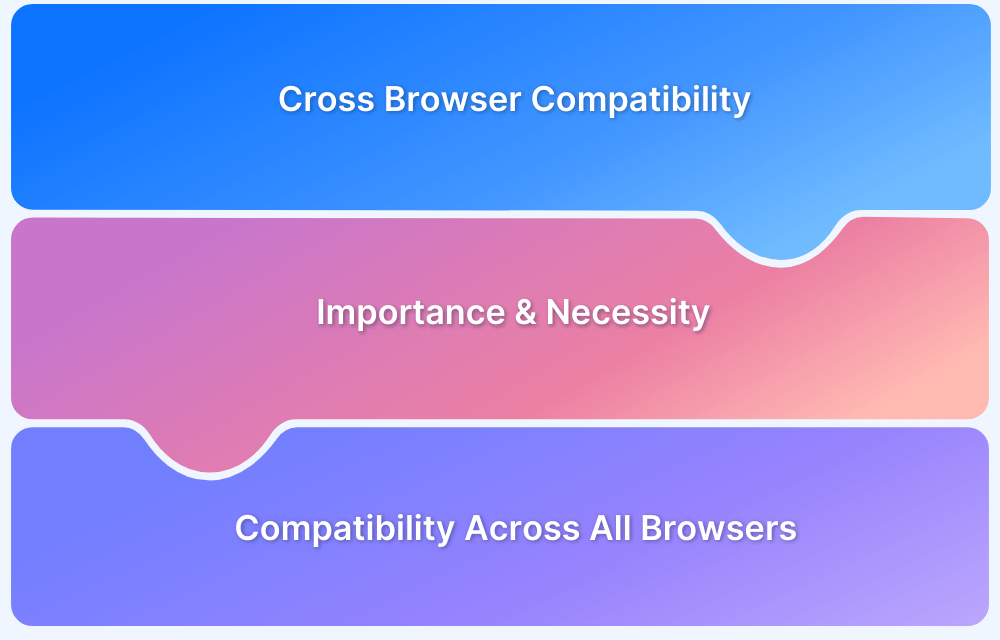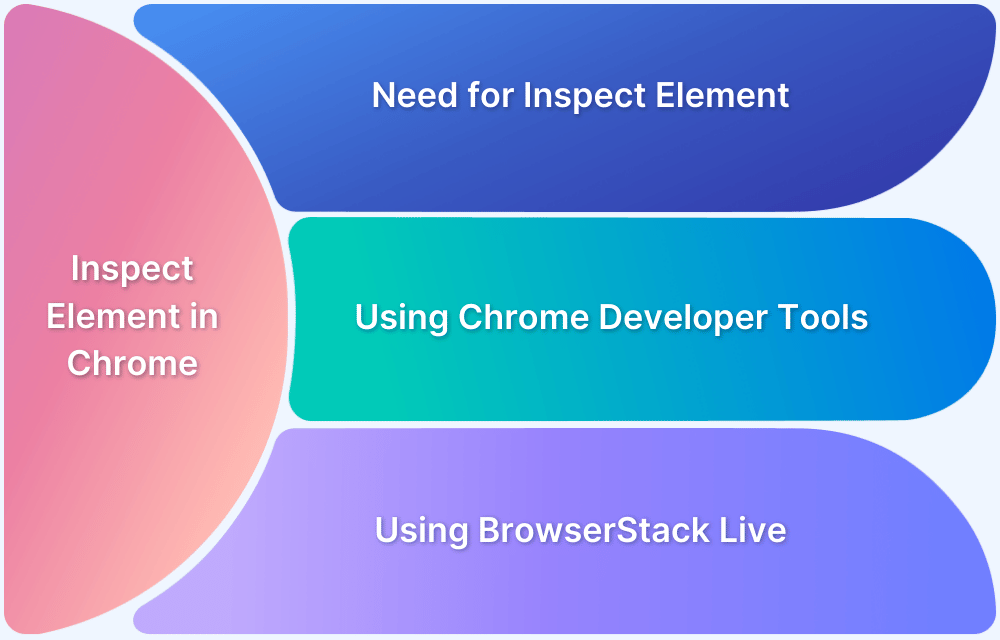Google Chrome is the leading web browser globally, widely recognized for its speed, security, and seamless integration with Google services. However, many users come across Google Chromium, an open-source browser project developed by Google, and wonder how it differs from Chrome.
While both share the same core, they serve different purposes and cater to distinct user needs.
This article explores the key differences between Chrome and Chromium, helping users understand their features, use cases, and which browser best suits their requirements.
Key Differences Between Google Chrome and Google Chromium
Here is a summary of the key differences between Chrome and Chromium.
| Google Chrome | Google Chromium | |
|---|---|---|
| Features | Provides more features such as an update mechanism, built-in support for multiple technologies, and digital rights management (DRM) components to play copyrighted content | Does not provide any of these features |
| Stability | More stable than Chromium | It is more prone to crashes, even when compared to the most basic versions of Chrome. |
| Privacy | Automatically collects and transfers information to Google. This information can vary from crash reports, usage statistics, device operating systems, and more. | Collects and transfers less information. Cannot transfer information such as crash reports and usage statistics. |
| Security | Since it is built on Chromium, the security mechanisms are similar. But all security patches are updated automatically on Chrome | Just as secure as Chrome. But the lack of an update mechanism means the user will have to download and install security patches to the source code manually. |
| License support | Support for licensed codecs for proprietary media formats AAC, H.264, and MP3 is included. Offers access to more media content, especially sites using HTML5 video to stream H.264 videos. Also includes basic, free codecs: Opus, Theora, Vorbis, VP8, VP9, and WAV | Only provides support for basic, free codecs: Opus, Theora, Vorbis, VP8, VP9, and WAV |
Also Read: How to Debug Website on Mobile Chrome
What is Google Chrome?
Chrome is a browser developed and maintained by Google. It is proprietary, and anyone can download and use it for free. But the code cannot be decompiled, reverse engineered, or leveraged to create other projects.
Read More: How to Inspect Element in Chrome
How to Download Google Chrome?
Below are the steps to download Google Chrome:
- Visit the official Chrome website to access the latest version.
- Follow the on-screen instructions based on your operating system (Windows or macOS).
- The installation process is quick and completes within minutes.
- Once installed, launch Google Chrome and sign in to sync bookmarks, passwords, and settings across devices.
How to Test Websites on Google Chrome?
Google Chrome dominates the global browser market, making it essential for developers to test websites on both current and older versions to ensure compatibility. Not all users upgrade to the latest version, so testing across multiple versions is crucial.
There are multiple ways to test a website on multiple versions of Chrome:
- Download old Chrome versions: Testers can download older Chrome versions and run their websites to ensure they work as expected. However, doing so would take a considerable amount of time and effort, which would be a liability when it comes to handling fast release cycles. Check out how to test on older browser versions.
- Use a cloud-based testing service like BrowserStack: BrowserStack provides access to multiple Chrome versions (versions 15 to 105 and more) installed on thousands of real browsers. Testers can simply select a Chrome version, a real device to run it on, and start testing their website on Chrome. Different versions of Chrome are available for manual testing as well as automated Selenium testing.
Start Testing on Chrome Browser Versions for Free
The image below will give a sense of BrowserStack’s vast offerings for testing:
- Use a browser emulator. While emulators are useful in the initial stages of development, they cannot entirely replicate real-world conditions. For example, an emulator cannot replicate network connectivity, device location, low battery conditions, and other factors that users have to deal with. Thus, the website cannot be tested in real user conditions and will not be ready for real-world usage.
One can also refer to this fundamental guide on Selenium Chrome Testing using ChromeDriver to get started with automated Chrome testing.
Google Chrome vs Google Chromium: How is Chrome Better?
Chrome offers a more polished and user-friendly experience compared to Chromium. It comes with automatic updates, built-in media support, and enhanced security, making it the preferred choice for most users.
Read More: How to debug websites on Android Chrome
1. Automatic Updates & Stability
- Google Chrome updates automatically, ensuring users always have the latest security patches and features.
- Google Chromium requires manual updates, making it less convenient and potentially less secure.
2. Built-in Media & Flash Support
- Google Chrome supports MP3, H.264, AAC, and Flash, allowing seamless media playback.
- Google Chromium lacks built-in support for these codecs, requiring manual configuration.
3. Enhanced Security & Error Reporting
- Google Chrome includes automatic error reporting and security updates for a safer browsing experience.
- Google Chromium does not have built-in error reporting, making it more vulnerable to issues.
4. Extension & Web Store Support
- Google Chrome only allows extensions from the official Web Store, ensuring better security.
- Google Chromium supports third-party extensions, which can pose security risks.
5. Convenience & User Experience
- Google Chrome is designed for ease of use, offering a complete browser experience with minimal setup.
- Google Chromium is more suited for developers and users who prefer customization over convenience.
Overall, Chrome is the better choice for everyday users due to its stability, security, and built-in features, while Chromium is ideal for advanced users who prefer manual control over their browsing experience.
What is Google Chromium?
Conversely, Chromium is not just another browser, but also the open-source project that generates the source code that Chrome is built on. In 2008, Google released a large section of Chrome’s source code as Chromium to encourage developers to review the underlying code. It also let them port the browser to Linux and Mac.
Google developers take the Chromium source code and add their proprietary code – thus resulting in Chrome which has more features and add-ons than Chromium. For example, Chrome updates automatically can track browsing data and provides native support for Flash. Chromium does none of this.
How to Download Google Chromium?
Below are the steps to download Google Chromium:
- Visit the official Chromium download page, which automatically detects your OS and provides the correct version.
- If the correct version isn’t detected, manually select your OS from the list at the bottom of the page.
- The page also displays the current build number and its release date for reference.
- Windows and Linux users can retrieve previous stable versions by selecting the Last Known Good Revision link.
- Linux users can install Chromium directly from their software repository (e.g., Ubuntu Software Center) and receive security updates automatically.
- For specific Chromium versions required for testing and debugging, refer to the official documentation.
Google Chromium Browser vs Google Chrome: How is Chromium Better?
Chromium is an open-source browser that offers more flexibility and privacy than Chrome. It is ideal for advanced users, developers, and those who prioritize control over their browsing experience.
1. Open-Source & Customization
- Chromium allows unrestricted installation of third-party extensions, providing more customization options.
- Developers can modify the browser to suit specific needs, unlike Chrome, which restricts extensions to the Web Store.
2. Privacy-Focused Browsing
- Unlike Chrome, Chromium does not track browsing data, ensuring greater privacy.
- It prevents websites from collecting user behavior insights, making it a preferred choice for privacy-conscious users.
3. Frequent Updates & Strong Developer Community
- Chromium receives frequent updates, keeping it current with new features and security patches.
- Its open-source nature allows continuous contributions from a vast developer community, strengthening the browser.
4. Foundation for Other Browsers
- Many popular browsers, such as Microsoft Edge, Opera, and Amazon Silk, are built on Chromium’s code.
- Chromium’s core components (V8, Blink, Skia, etc.) are widely used in various projects, contributing to browser innovation.
5. Encourages Browser Diversity
- Chromium enables developers to experiment with new browser ideas, fostering innovation.
- It prevents browser monoculture by providing an alternative to proprietary solutions like Chrome.
While Chromium offers greater privacy and flexibility, it requires manual updates and lacks built-in media support, making it more suited for tech-savvy users rather than the average consumer.
Google Chrome vs Google Chromium: Which to use when?
There’s no singular answer. Choose the browser based on the use case.
- Generally, however, most people prefer using Chrome since it is easier to use and has a gamut of useful add-ons. Chrome offers a better Flash player, and allows viewing more online media content. For example, Chrome on Linux can stream Netflix videos which require H.264 support for HTML5 video. Chromium does not include this.
- However, open-source developers may prefer using Chromium if they choose to modify the source code often. A major advantage is that Chromium allows Linux distributions that need open-source software to package a browser almost identical to Chrome. Linux distributors can also use Chromium as the default web browser in place of Firefox.
Make the choice after careful and extensive analyses of what the browser requires. Since Chrome and Chromium can be operated simultaneously, it is possible to split requirements and execute functions on the browser most suited to them.
To test your website on the latest or older versions of Chrome, click here for more details.
Conclusion
Chrome and Chromium may share the same foundation, but they cater to different user needs. Chrome offers a stable, user-friendly experience with automatic updates and media support, while Chromium provides greater customization and privacy without tracking.
Choosing between them depends on whether you prioritize convenience or control.







